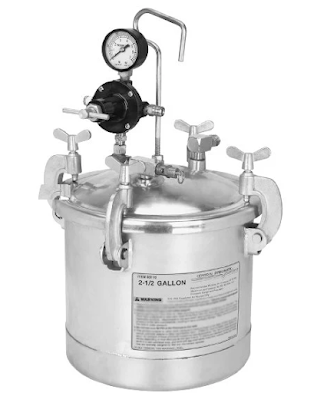From intricate crafts to industrial prototypes, latex rubber casting is a versatile technique used across various fields. Whether you're a hobbyist, an artist, or an industrial designer, understanding the basics of latex rubber casting can open up a world of creative possibilities. In this guide, we'll delve into the fascinating world of latex rubber for casting, exploring its uses, benefits, and how you can get started.
What is Latex Rubber Casting?
Latex rubber casting is a process used to create flexible, detailed replicas of original objects. It involves coating a master model with layers of liquid latex rubber, allowing it to dry, and then removing the rubber mold from the original. The resulting latex mold can then be used to cast multiple replicas using materials such as plaster, concrete, resin, or wax.
Uses of Latex Rubber Casting:
1. Art and Sculpture: Latex rubber casting is widely used in the art world for creating detailed sculptures, masks, and other forms of artistic expression.
2. Crafts and DIY Projects: Hobbyists and DIY enthusiasts use latex rubber casting for making decorative items, cosplay props, and model kits.
3. Industrial Prototyping: In industrial settings, latex rubber casting is used to create prototypes, architectural models, and specialized parts.
Benefits of Latex Rubber Casting:
1. Detail Reproduction: Latex rubber molds capture fine details, textures, and undercuts, making them ideal for replicating intricate objects.
2. Flexibility: Latex rubber molds are flexible and durable, allowing for easy demolding and multiple castings.
3. Cost-Effective: Compared to other molding materials, latex rubber is relatively inexpensive, making it a cost-effective choice for small-scale casting projects.
4. Versatility: Latex rubber molds can be used to cast a wide range of materials, including plaster, concrete, resin, and wax.
Getting Started with Latex Rubber Casting:
1. Selecting the Right Latex: Choose a high-quality liquid latex rubber that is specifically formulated for mold making. Consider factors such as viscosity, curing time, and flexibility.
2. Preparing the Master Model: Ensure that your master model is clean, dry, and free from any debris or imperfections. Apply a release agent to prevent the latex from sticking to the original.
3. Applying the Latex: Use a brush, sponge, or spray gun to apply thin, even layers of liquid latex rubber to the surface of the master model. Allow each layer to dry before applying the next.
4. Building Up Layers: Depending on the desired thickness of the mold, you may need to apply multiple layers of latex rubber, allowing each layer to dry completely before proceeding.
5. Demolding the Mold: Once the latex rubber has fully cured, carefully remove the mold from the master model, taking care not to damage the mold or the original.
6. Casting Replicas: Use the latex rubber mold to cast replicas using the material of your choice, such as plaster, concrete, resin, or wax. Allow the casting material to cure completely before demolding.
Tips for Success:
- Work in a well-ventilated area: Latex rubber casting can produce fumes, so it's essential to work in a well-ventilated area or wear a respirator.
- Experiment with additives: You can modify the properties of latex rubber by adding thickeners, accelerators, or pigments to achieve the desired results.
- Practice good mold care: Properly store and maintain your latex rubber molds by keeping them clean, dry, and away from direct sunlight.
Conclusion:
Latex rubber casting is a versatile and cost-effective technique for creating detailed replicas of original objects. Whether you're an artist, a crafter, or an industrial designer, mastering the art of latex rubber casting opens up a world of creative possibilities. With the right materials, techniques, and a bit of practice, you can bring your ideas to life with stunning realism and precision with ArtMolds.
10 Crucial LaTeX Tips and Tricks You Need to Know | EnvironMolds








